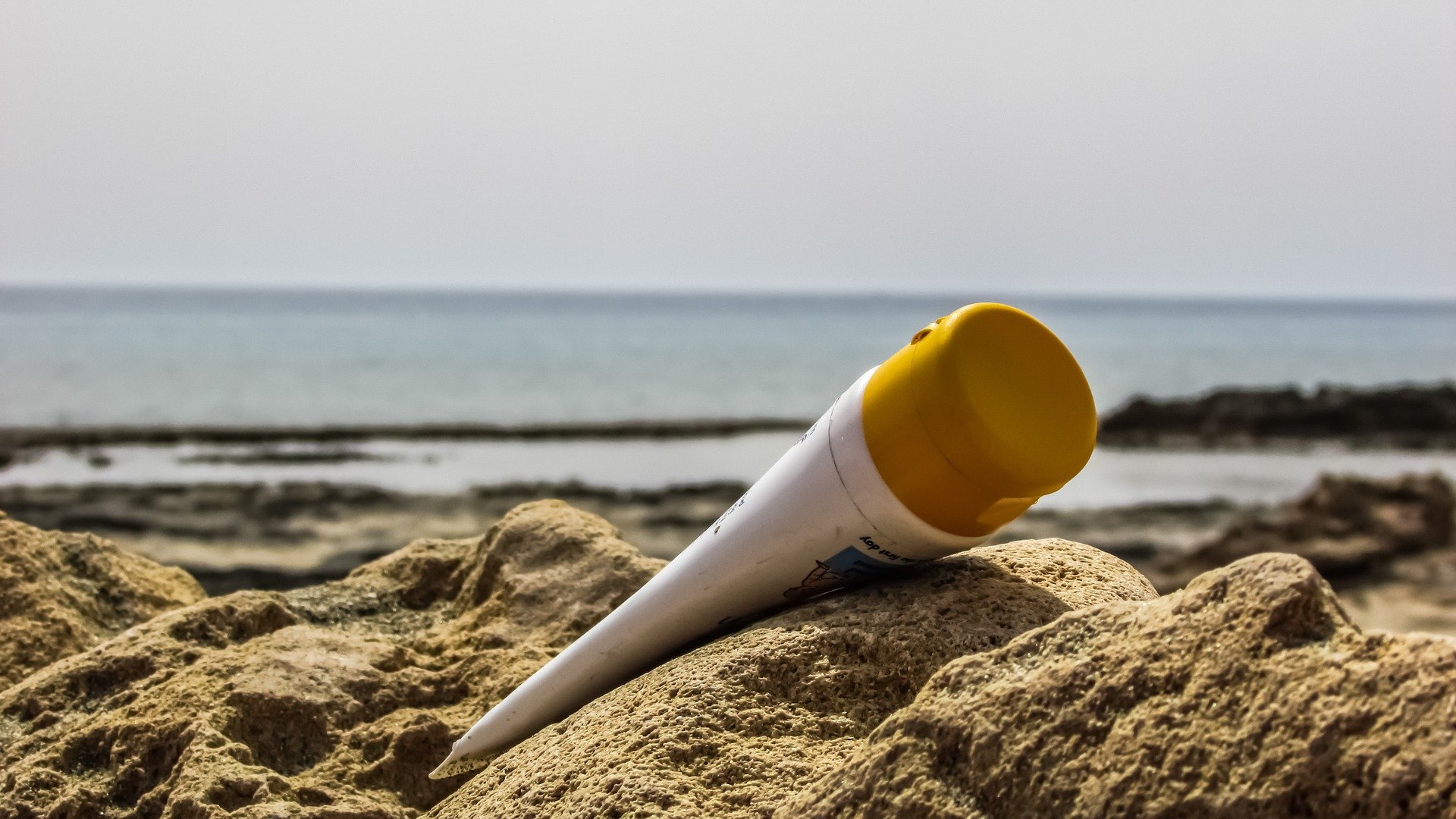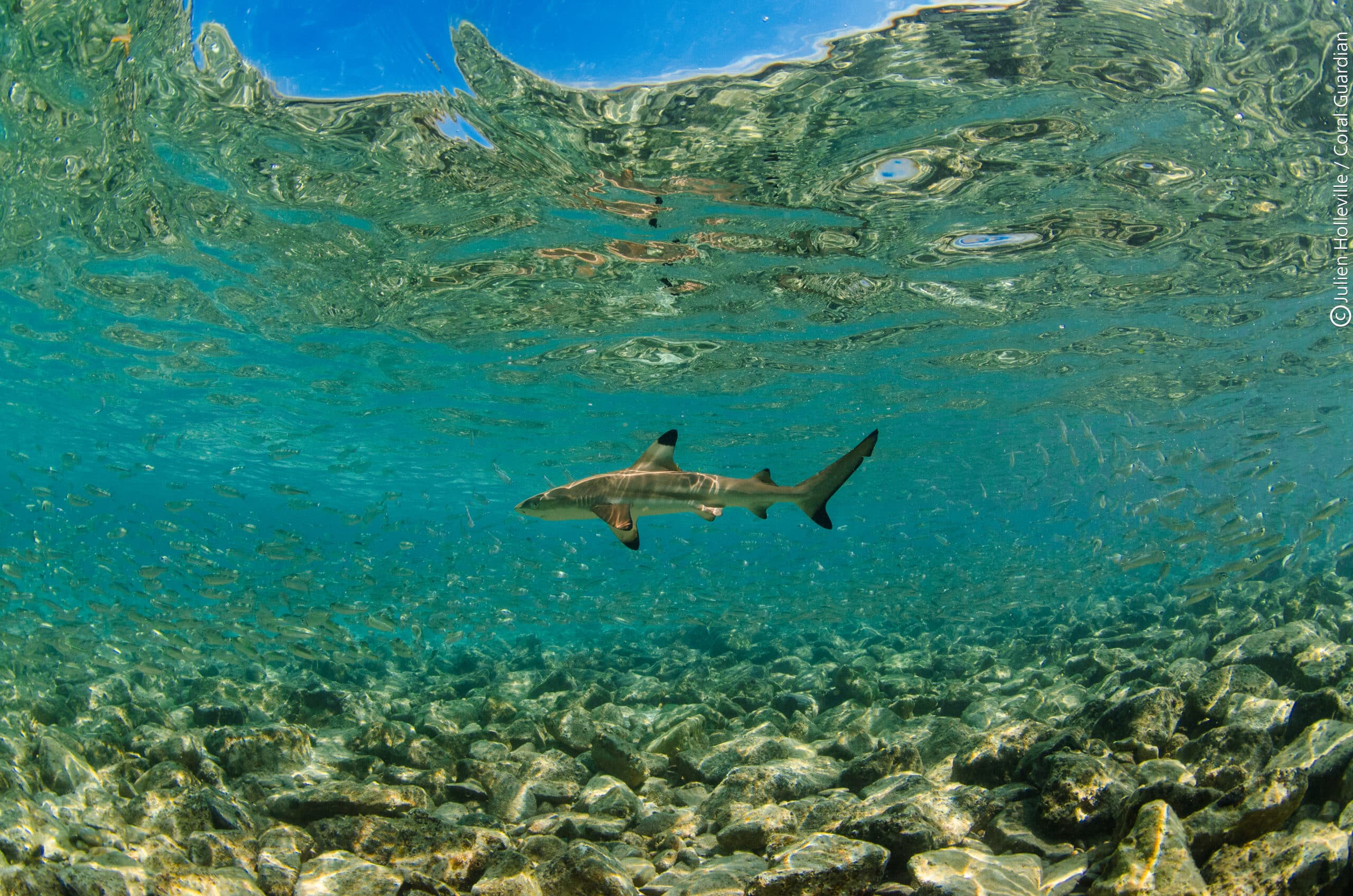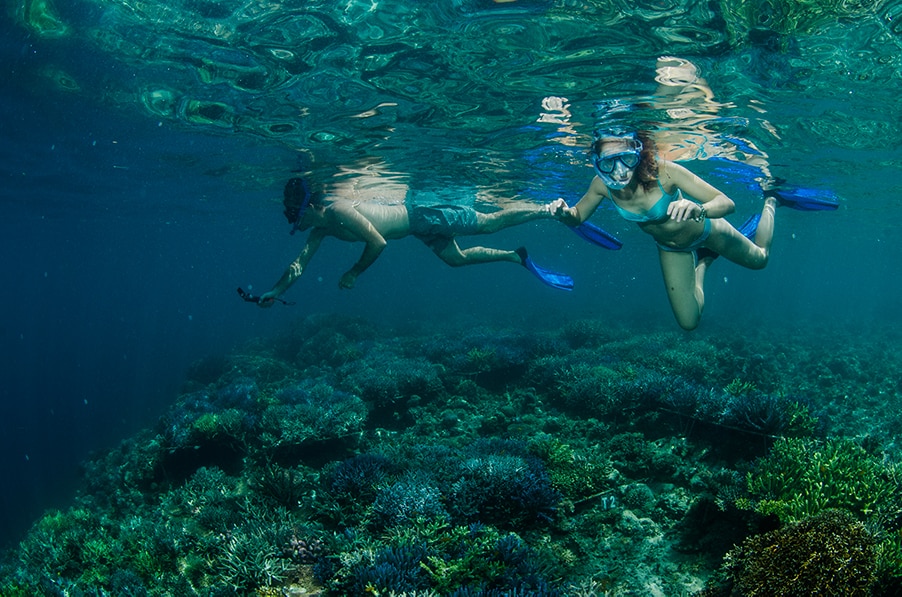Are mineral UV filters used in sunscreens less harmful to coral reefs?

Swimmers can choose sunscreens with chemical (organic) UV filters or mineral (inorganic) UV filters. The latter are natural particles, either zinc oxide (ZnO) or titanium dioxide (Ti02). They work differently from chemical UV filters: they do not penetrate the skin, are photostable, and therefore provide immediate protection by reflecting UV rays through light diffraction. These mineral UV filters are of 2 types: with or without nanoparticles. Sunscreens with mineral UV filters tend to leave a white film on skin. The use of nanoparticles is intended to limit this whitening effect, but research is being carried out on their effect on human health.
There is a public perception that mineral UV filters are less toxic for corals than chemical UV filters. Their use in sunscreens is increasing.
However, a 2018 study by Corinaldesi et al. began to highlight the toxic effect of zinc oxide (ZnO). In this study, the impact of uncoated ZnO nanoparticles and two modified forms of titanium dioxide Ti02 (Eusolex®-T2000 and Optisol™) were tested in the laboratory on Acropora spp. corals. The concentration tested (6.3 mg/L), corresponds to half of the maximum inorganic UV filter permitted in sun creams in the USA and Europe.
The addition of zinc oxide caused a significant release of zooxanthellae from the coral tissue, with maximum impact after 48 hours of exposure. The amount of damaged zooxanthellae was also significant, indicating that ZnO particles are altering these symbiotic algae. This release of zooxanthellae caused severe and rapid bleaching of the corals.
Exposure to ZnO also caused strong microbial enrichment (prokaryotes and viruses) of the waters surrounding the corals. Studies have shown that this phenomenon (regulation of bacteria and viruses by their release into the environment via mucus) is a response of corals that are subject to environmental stresses.
With regard to titanium dioxide, the components Eusolex®T2000 and Optisol™ also caused a release of zooxanthellae, but did not cause bleaching as the corals recovered the microalgae. Their impact on these Acropora spp. is therefore limited. Unlike Eusolex®T 2000, Optisol™ does not have an immediate effect, but only after 24 to 48 hours of exposure.
In 2019, Fel et al. studied the effect of zinc oxide (ZnO) on another species, Stylophora pistillata. Exposure to different concentrations (10, 100, 1000 µg/L) lasted 35 days. ZnO altered the photosynthetic activity (PSII) of symbiotic algae at the lowest concentration tested. 38% inhibition was observed at 100 µg/L. The photosynthetic efficiency of photosystem II (PSII) is considered to be a marker of photosystem stress (Jones et al, 1999). Damage to PSII is therefore a precursor to bleaching.
Since 2016, the use of zinc oxide in cosmetics has been approved because it provides better UV protection for the skin and is increasingly replacing titanium dioxides and other organic filters.
Indeed, ZnO is present in certain sunscreens known to be “reef safe” while it is classified as “dangerous for the aquatic environment”, according to the criteria of the GHS (United Nations Globally Harmonized System of Classification and Labelling of Chemicals 2011).
These recent studies show that these negative effects on hard corals are significant and that further studies are needed.
Solène Ollivier.
For more information:
Corinaldesi C. et al., 2018. Impact of inorganic UV filters contained in sunscreen products on tropical stony corals (Acropora spp). Science of the Total Environment 637–638 (2018) 1279–1285.
Fel J-P. et al. 2019. Photochemical response of the scleractinian coral Stylophora pistillata to some sunscreen ingredients. Coral Reefs (2019) 38:109–122. https://doi.org/10.1007/s00338-018-01759-4
Ces articles pourraient vous intéresser

Sponsor spotlight : Guillaume from 3EConcept
Tell us a bit about yourself 🙂 Rather in responsible mode, I am an enthusiastic and persistent person. I founded the 3E concept group in…
21 December 2022
Sponsor Spotlight : Corinna Bohle of DAVOSA
Tell us a bit about yourself 🙂 Hi, my name is Corinna Bohle. I‘m the managing director and owner of DAVOSA, an independent Swiss watch brand…
29 November 2022
Unexpected fish biodiversity on coral reefs unraveled by environmental DNA
Reef fish: an exceptional biodiversity Coral reefs are often referred to as the tropical rainforests of the seas due to their staggering richness and…
22 June 2022
Overall, what is the impact of UV filters in sunscreens on corals?
Around the world, coral reefs are facing a degradation driven by global and local human-derived pressures including climate change, coastal development, pollution, amongst others. In…
31 March 2021
